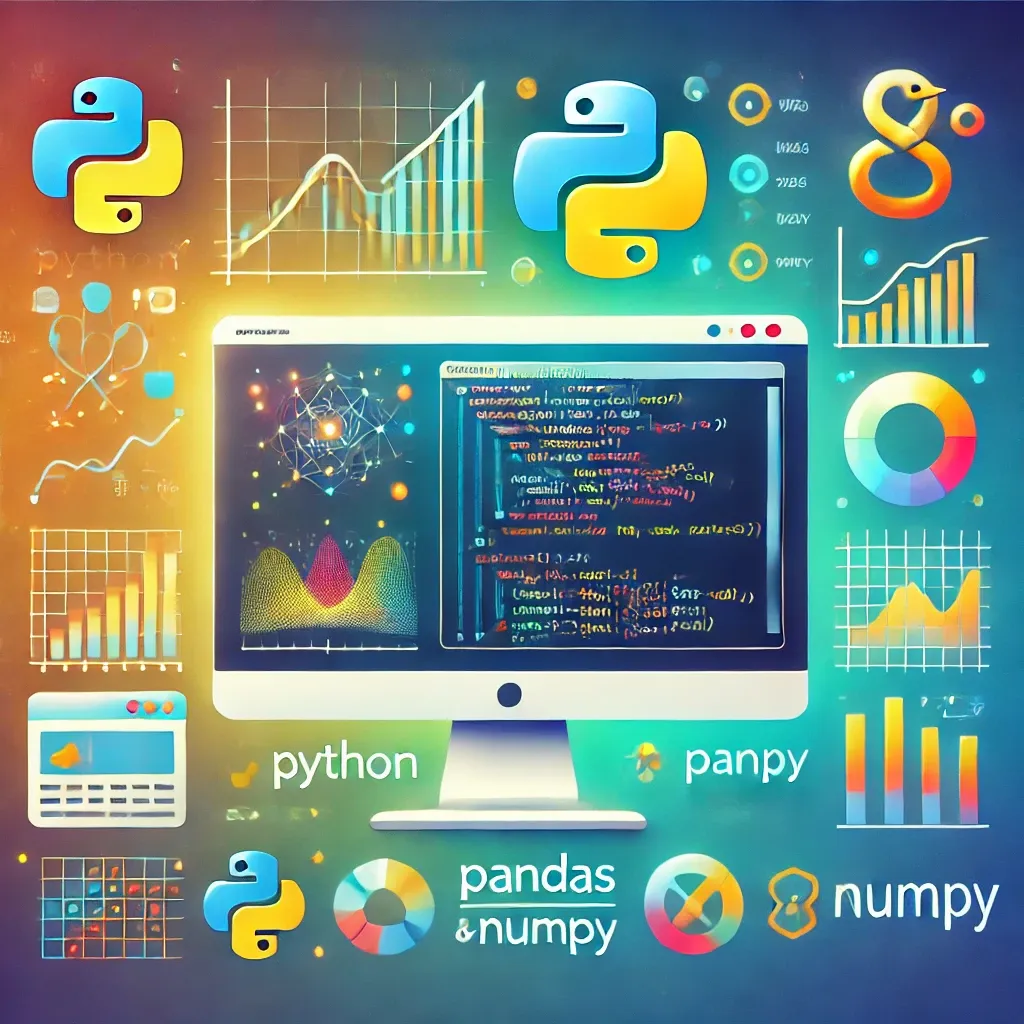
Creating a Chatbot with Python: Build Your First Conversational Bot
Chatbots have become an essential part of websites and applications, providing quick and automated responses to users. With Python’s powerful libraries, building a basic chatbot is easier than ever. In this guide, we’ll create a simple chatbot using ChatterBot and integrate it with a web interface using Flask.
---1. Prerequisites
Before starting, make sure you have Python installed. You’ll also need to install ChatterBot and Flask:
# Install the required libraries
pip install chatterbot flask
---
2. Setting Up ChatterBot
ChatterBot is a machine-learning-based conversational library that generates responses based on the provided data.
# Creating a basic chatbot
from chatterbot import ChatBot
from chatterbot.trainers import ListTrainer
# Initialize chatbot
chatbot = ChatBot("MyChatBot")
# Train chatbot with sample data
trainer = ListTrainer(chatbot)
trainer.train([
"Hi",
"Hello!",
"How are you?",
"I'm good, thank you!",
"What is your name?",
"I'm MyChatBot."
])
# Get a response from the chatbot
response = chatbot.get_response("Hi")
print(response)
This code sets up a basic chatbot, trains it with a list of phrases, and generates a response to the user input.
---3. Integrating the Chatbot with Flask
Now, let’s create a web interface for our chatbot using Flask, allowing users to interact with it through a browser.
# app.py – Flask web app
from flask import Flask, render_template, request
from chatterbot import ChatBot
from chatterbot.trainers import ListTrainer
app = Flask(__name__)
chatbot = ChatBot("MyChatBot")
trainer = ListTrainer(chatbot)
# Train the chatbot with a simple conversation
trainer.train([
"Hi",
"Hello!",
"What can you do?",
"I can chat with you!"
])
@app.route("/")
def home():
return render_template("index.html")
@app.route("/get")
def get_bot_response():
userText = request.args.get("msg")
return str(chatbot.get_response(userText))
if __name__ == "__main__":
app.run(debug=True)
This code initializes a Flask app and creates two routes: a home route to render the HTML interface and a route to handle chatbot responses.
---4. Creating the HTML Interface
Create an index.html file in a templates folder with the following content:
<!DOCTYPE html>
<html lang="en">
<head>
<meta charset="UTF-8">
<meta name="viewport" content="width=device-width, initial-scale=1.0">
<title>Chatbot</title>
<script
src="https://code.jquery.com/jquery-3.6.0.min.js"
integrity="sha384-KyZXEAg3QhqLMpG8r+Knujsl5+5hb7x1j1svkDm3DkKtxN/n6E/yoCf8VVZnHfd9"
crossorigin="anonymous"></script>
</head>
<body>
<h1>Chat with MyChatBot</h1>
<div>
<input id="userInput" type="text" placeholder="Type a message...">
<button onclick="sendMessage()">Send</button>
</div>
<div id="chatbox"></div>
<script>
function sendMessage() {
var userMessage = $('#userInput').val();
$.get("/get", { msg: userMessage }).done(function (data) {
$('#chatbox').append('<p>You: ' + userMessage + '</p>');
$('#chatbox').append('<p>Bot: ' + data + '</p>');
$('#userInput').val('');
});
}
</script>
</body>
</html>
This HTML file provides a simple interface for the chatbot, allowing users to type messages and view responses.
---5. Running Your Chatbot Application
To run your Flask app, execute the following command in your terminal:
python app.py
Open your browser and go to http://127.0.0.1:5000/. You should see the chatbot interface ready for interaction!
6. Conclusion
Congratulations! You’ve built your first chatbot using Python, ChatterBot, and Flask. Chatbots are a great way to improve user engagement and customer support. You can further enhance your chatbot by integrating more advanced features, such as NLP and external APIs, for a better conversational experience.
Keep experimenting with different datasets and conversations, and soon, you’ll have a chatbot that feels truly interactive!







0 Comments